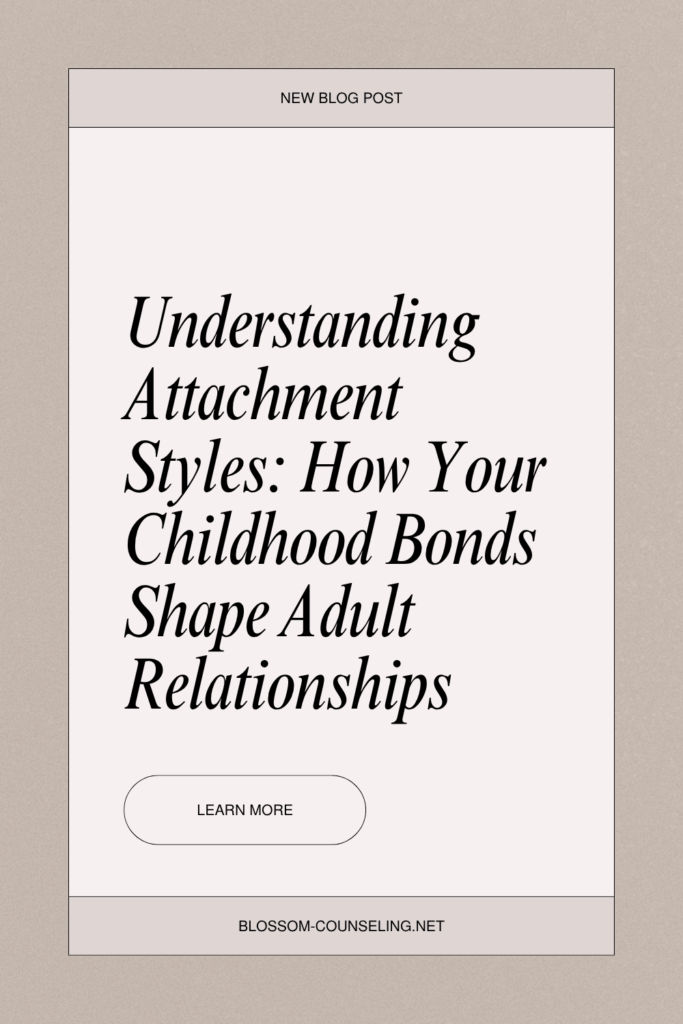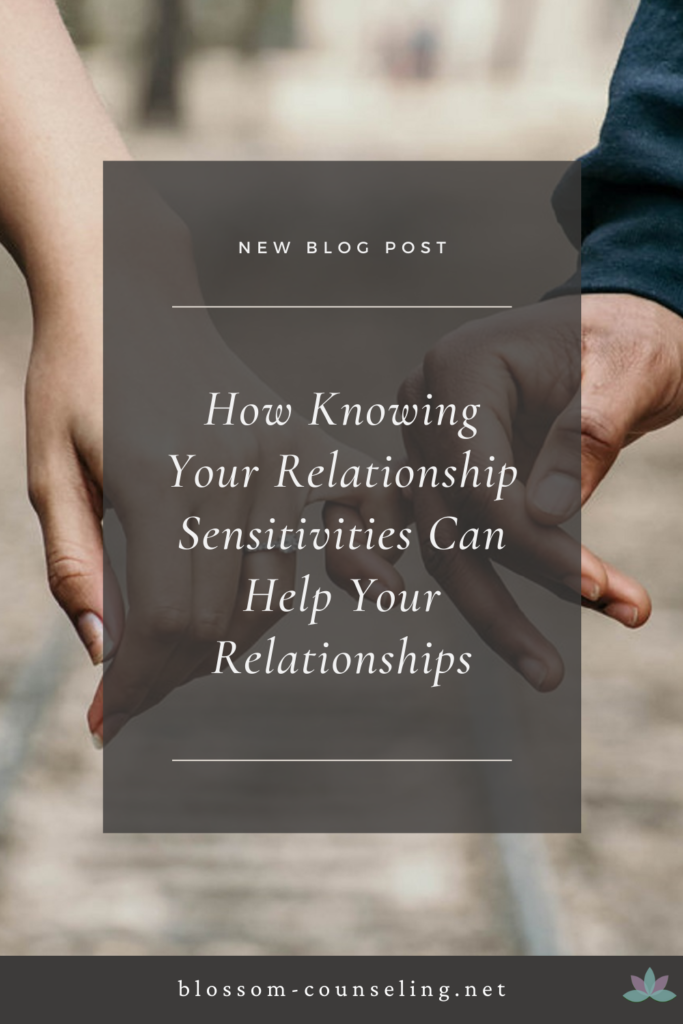It usually starts with a message that feels sweet—or at least confusing enough to make you pause. You’re thinking about pulling away from the relationship, maybe setting boundaries or finally walking away, when ding—your phone lights up with a text that throws you right back into the loop.
If this sounds familiar, you’re not alone. Narcissistic communication is often designed to create uncertainty, self-doubt, and just enough hope to keep you tethered. These texts aren’t always cruel or over-the-top. In fact, they’re usually crafted to hit you in your most vulnerable places—especially if you’ve started to gain clarity or distance.
Here’s a look at some of the most common types of texts narcissists send to keep you emotionally entangled—and why they can be so effective.
1. The Guilt Trip: “I guess I’m just the bad guy again.”
This message isn’t just about self-pity—it’s a strategic move. By painting themselves as the victim, the narcissist flips the emotional script. You might start to question whether you’ve been too harsh or whether you owe them something emotionally. It’s not an apology. It’s a trap.
2. The Flashback: “Remember that night we stayed up talking until 3 a.m.?”
Ah, nostalgia. This text is designed to activate the warm memories you have of the relationship—the version that felt loving, intimate, and special. Narcissists often use positive memories to create confusion, especially when you’re trying to focus on the patterns that have hurt you.
3. The Sudden Self-Awareness: “I know I haven’t treated you the way you deserve.”
Sounds promising, right? Finally, a glimmer of accountability. But if it comes with no real change, follow-through, or willingness to sit with your hurt—be cautious. This kind of message can lull you back in with the idea of growth without any of the substance.
4. The Crisis Text: “I’m going through something really hard right now.”
This text often arrives when you’re gaining distance or setting boundaries. It re-centers the conversation on their needs and pain, shifting your attention and care back to them. Suddenly, your feelings take a backseat to their latest emergency—real or exaggerated.
5. The Bait: “I have something I want to say, but I don’t know if I should.”
This is a classic move to get you to chase them emotionally. It creates suspense and puts you in the role of the pursuer. You find yourself texting back, asking questions, trying to coax out what they meant. And just like that, you’re re-engaged.
6. The “Accidental” Message: “Oops, wrong person 😅”
This one’s slippery. Maybe it’s a photo, a message meant for “someone else,” or even just a random statement. It’s meant to pique your curiosity and trigger a reaction. More often than not, it’s a tactic to get you to initiate contact again—without them having to own it.
Why These Texts Work
Narcissists often rely on a cycle of idealization, devaluation, and discard. The messages above usually appear in the “hoovering” phase—when they sense you slipping away and want to suck you back in. These texts aren’t just words; they’re psychological hooks.
They work because they target your empathy, your hope for change, or your tendency to second-guess yourself. They’re timed for emotional impact, often arriving when you’ve started to feel stronger or more distant. And even when they’re framed as remorseful or affectionate, they rarely come with the consistent action that true change requires.
Understanding the emotional mechanics behind these messages can help you detach from the cycle. If something feels off, trust that instinct. Texts can be powerful—but so is your clarity.




